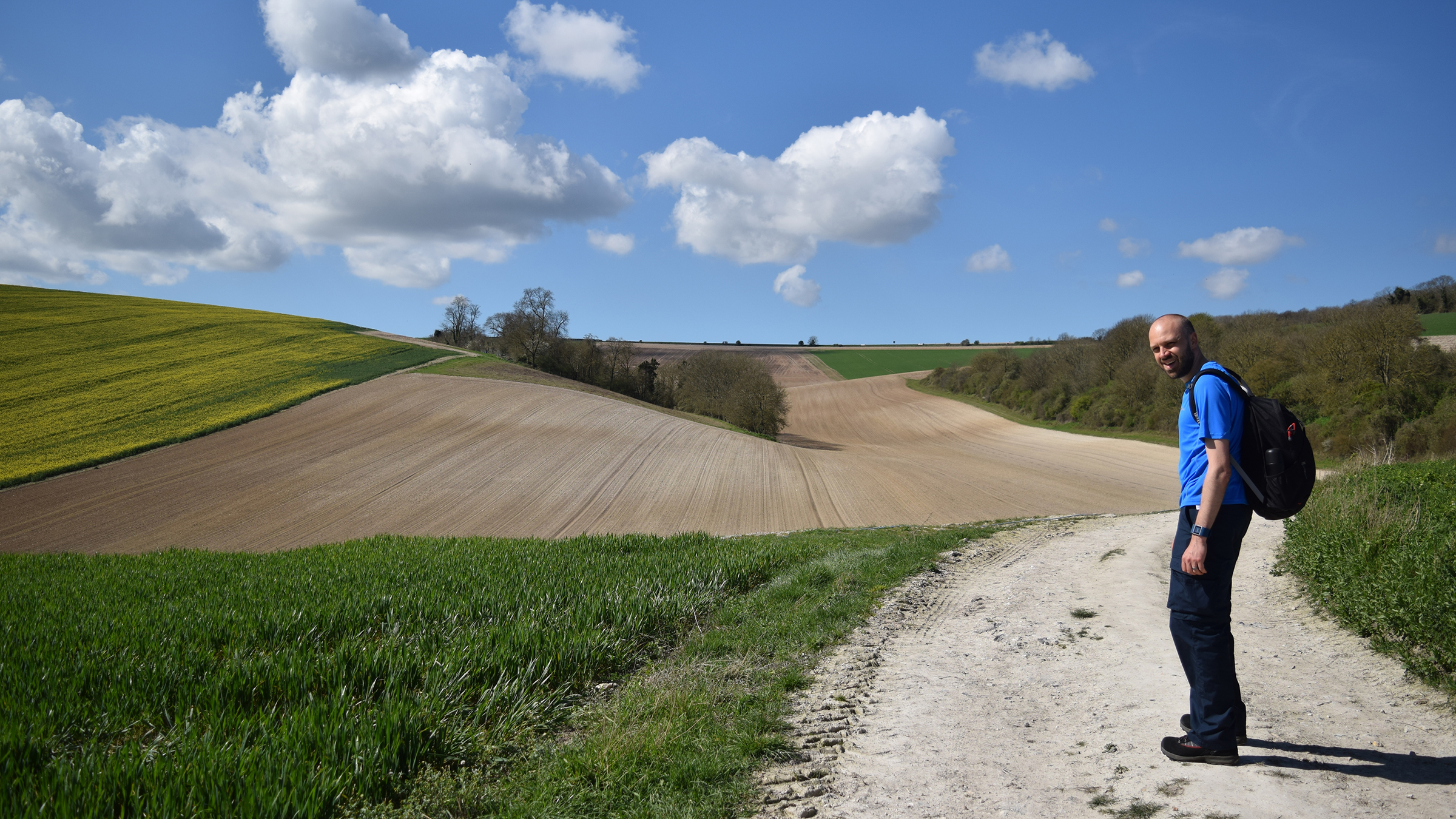When making the decision to go self-employed two years ago, my biggest worry was that I wouldn’t be able to control my work habits. Because, when it comes to workaholism, I had form.
I have been very lucky that, for most of my working life, I’ve done jobs that I love. But the downside is that I have a propensity for becoming so deeply entrenched in my work that it completely takes over. And no matter how much you love your job, if you spend too much time doing it, there are negative consequences.
My last job before I went self-employed was challenging and rewarding in equal measure. It took me to China, Brazil, Ethiopia, Sweden and Iceland. I worked in a team of wonderful, inspiring people from all corners of the world, and I constantly met new people and encountered different environments. For a travel-lover and an extrovert, this working lifestyle was like catnip.
But the job became everything. I would routinely work evenings and weekends, a habit I had intended to leave behind in my previous job, in which I had been working 80-hour weeks. I didn’t get nearly enough sleep. My home-life suffered. At the same time, my wife Lisa was also working a demanding job while doing a full-time master’s degree. Whenever we had time together – which was rare – we were both exhausted.
Opportunities and dangers
So, when my wife and I decided together that I would have a crack at going self-employed and running a startup business, it presented both opportunities and dangers. An opportunity to build a working lifestyle on my own terms; but a danger that, when placed entirely in charge of my own routine, my working habits could spiral out of control.
We made this decision after taking a one-year career break together to travel. This experience removed us from our intense lifestyle and gave us space to reflect on it, and ultimately to change it for the better. Fitting it was, then, that the startup business we created, and that I’ve been working on since, has a focus on the benefits of travel career breaks.
But old habits have a tendency of creeping back if you’re not careful. I began my self-employed life making a conscious effort to stay on top of my hours, but the cracks soon appeared. It wasn’t long before those lines between work and play became muddied again. Within a few weeks, there I was, tapping away on my laptop from the early hours of morning until late at night.
The weekend that changed everything
After Lisa and I moved out of London – another lifestyle change spurred by our travels – we invited some old friends up for a weekend of dinner, drinks, and startup business chatter. That’s because these particular friends, Greg and Bernie, were also embarking on their own new venture as the founders of Diabetes Africa.
Our shared interest in business culture and productivity means that these are always hot topics of discussion when we get together with Greg and Bernie. This time was no different, and they were eager to tell us about something new they had been trying: the 90-minute rule.
The concept is simple, and based on something called the ultradian rhythm. This is a biological cycle that alternates roughly 90-minute periods of high-frequency brain activity with shorter periods of low-frequency brain activity. Put simply, this means that after 90 minutes of engaging your brain, it will hit a wall at the end of the cycle, and your concentration and focus will deteriorate.
So, to optimise your brain engagement (and thus your productivity), structuring your work into intense periods of 90 minutes can really help. Greg and Bernie had been trying this out and seen some positive outcomes. I decided to try it too.
Taking control of my working habits
The results have been remarkable. With immediate effect, the 90-minute rule gave me a structure that has empowered me to control my working habits, while maximising my productivity at the same time.
On a working day I put in four shifts of 90 minutes, with at least a half-hour break in between each one. That’s it. Four 90-minute shifts a day is the only criteria I need to follow. Sometimes I will have all four shifts done by 2pm and finish for the day, and other times I will stagger them into the evening, and fill the time in between with walks, housework, reading or playing with the dog. I do this for five days a week.
During each 90-minute shift, I switch off all distractions and focus intensely on the task at hand. I set a timer, and the instant it goes off – no matter what I am doing – I stop working. It’s incredible how much more productive I am when working within this framework, compared to slogging away for endless hours aimlessly into the evening.
Thanks to that tip from Greg and Bernie, I have been using the 90-minute rule for over a year now. Instead of my old 60-hour-plus weeks, I have been working 30-hour weeks. And I’ve been getting a lot more done than I was before. Meanwhile, I’ve been able to make time for other passions in life, in some cases rekindling hobbies I had ditched years ago because of my workaholism.
Finding your own structure
Many of the friends I have made in the self-employed community talk about similar challenges when it comes to discipline with working hours. It’s a problem that many freelancers and business owners grapple with. What I’ve learned through the 90-minute rule is that the key to overcoming this is to find a structure that works for you.
I will probably always be susceptible to workaholism. But the 90-minute rule has given me the structure I needed to bring it under control. And looking back now, that old life of non-stop work seems like a whole world away.


